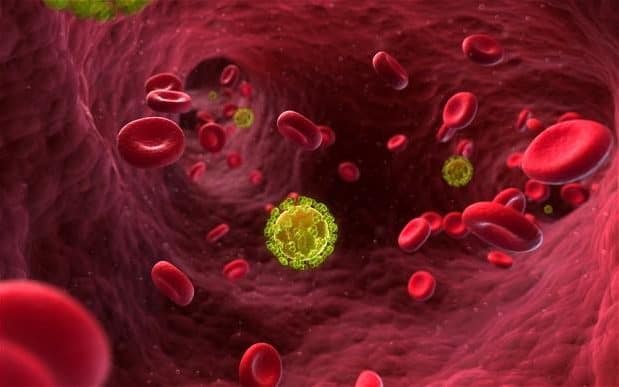
The CDC has finally agreed with HIV organizations and experts and put out a statement that says when an HIV-positive person's viral load is undetectable there is no chance of transmission of the virus to an uninfected partner.
The statement, which came as part of a press release from the CDC on National Gay Men's HIV/AIDS Awareness Day:
Scientific advances have shown that antiretroviral therapy (ART) preserves the health of people living with HIV. We also have strong evidence of the prevention effectiveness of ART. When ART results in viral suppression, defined as less than 200 copies/ml or undetectable levels, it prevents sexual HIV transmission. Across three different studies, including thousands of couples and many thousand acts of sex without a condom or pre-exposure prophylaxis (PrEP), no HIV transmissions to an HIV-negative partner were observed when the HIV-positive person was virally suppressed. This means that people who take ART daily as prescribed and achieve and maintain an undetectable viral load have effectively no risk of sexually transmitting the virus to an HIV-negative partner.
That is a remarkable statement, as Bruce Richman, executive director of UequalsU.org and the Prevention Access Campaign tells us. “This is the moment we have been waiting for! The CDC agreed today there is ‘effectively no risk‘ of sexually transmitting HIV when on treatment and undetectable.”
No risk means zero risk that someone with HIV can sexually transmit the virsus to their HIV-negative partner, even if they are not using condoms or PrEP.
Richman says congratulations are in order to “all the pioneering people and partners in this community and in the city, state, and federal health departments who worked together outside and inside the system to make this change. What a beautiful moment! The CDC's new and unequivocal language is a result of [the U.S. Department of Health and Human Services's] unprecedented review of transmission risk messaging across departments which will be rolling out core messaging in the coming weeks and months.”



